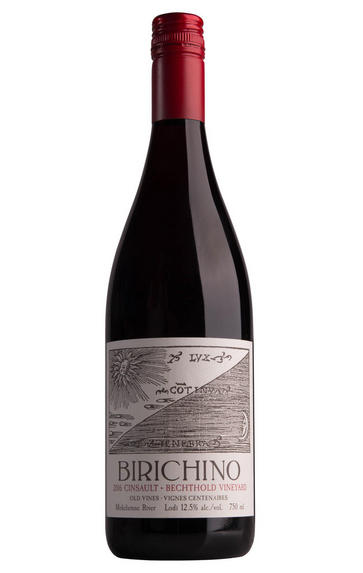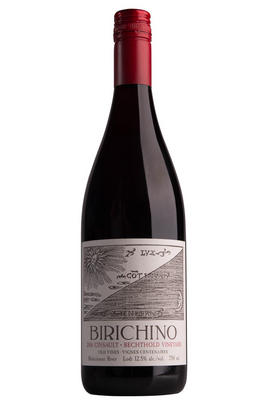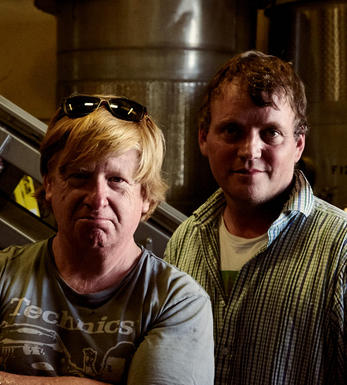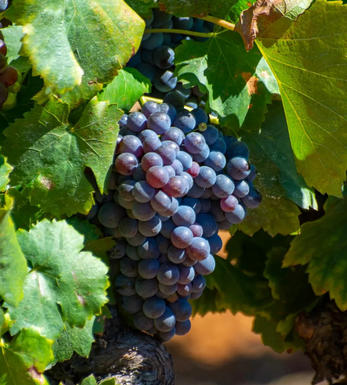
2016 Birichino, Bechthold Vineyard Cinsault, Old Vines, Mokelumne River, California, USA

About this WINE

Birichino
Birichino, pronounced biri-kino, is a very interesting project. Founded in Santa Cruz in 2008, and drawing on a combined 35 years making and selling wine in California, France, and Italy, owners and winemakers Alex Krause and John Locke are focused on attaining the perfect balance of perfume, poise, and puckishness with a particular fondness for varieties that provide enormous pleasure and re-ëstablish a direct connection to the sensual world (at least, that’s what they say).
John worked from 1990 to 2007 with the legendary Randall Grahm of Bonny Doon Vineyard, with (the equally legendary) André Ostertag of Domaine Ostertag in Alsace in 1993, and with a host of small producers across Italy and south-western France. Alex started in 1992 with Randall, worked with John in the cellar, and then escaped to the sales side in the later 90's to eventually serve today as Director of Export Sales for Bonny Doon Vineyard.
Their Grenache is from a vineyard planted in 1910, with vines on their own roots. Made with natural yeast fermentation, a bit of whole cluster, and no fining or filtration, from 100 year old vines.

Cinsault
Cinsault (pronounced "sin-so") is a red grape variety known for its versatility and contributions to various wine regions worldwide. It has a rich history, primarily in the Languedoc region of southern France, but it has spread to many other wine-producing areas due to its adaptability to different climates.
Cinsault grapes are medium-sized with thin skins, typically dark blue to black in colour. The vines are hardy and drought-resistant grapevine, making them suitable for warm and arid climates. They are particularly well-suited to Mediterranean regions and thrive in areas with hot summers.
While Cinsault is mainly used in red wine production, it is also sometimes used in rosé wines, adding light and fruity character. It is often blended with other grape varieties to enhance the wine profile.
The variety tends to exhibit a range of flavours, including red berries, cherries, and sometimes a hint of spices. When used in rosé wines, it can bring out more floral and watermelon notes.
Tannins are typically on the lower side, which can make them more approachable and enjoyable in their youth. The variety is often used in blends to soften and round out more tannic grape varieties.
Cinsault has been a key component in traditional blends in southern France, such as in Châteauneuf-du-Pape wines. Over time, it has gained popularity in other wine regions as winemakers recognize its potential for producing high-quality wines.


Buying options
Add to wishlist
Description
These “centenarian” vines were planted in 1886 – and while they use most of the fruit to make their delicious Vin Gris Rosé, since 2012 they’ve also been making a red. At 12.5 percent alcohol, this wine has incredible restraint but with an intensity that holds its own. There are notes of violet, pomegranate, wild flowers and cranberries, followed by a savoury, chalky tannin profile.
Fiona Hayes, Wine Buyer
wine at a glance
Delivery and quality guarantee